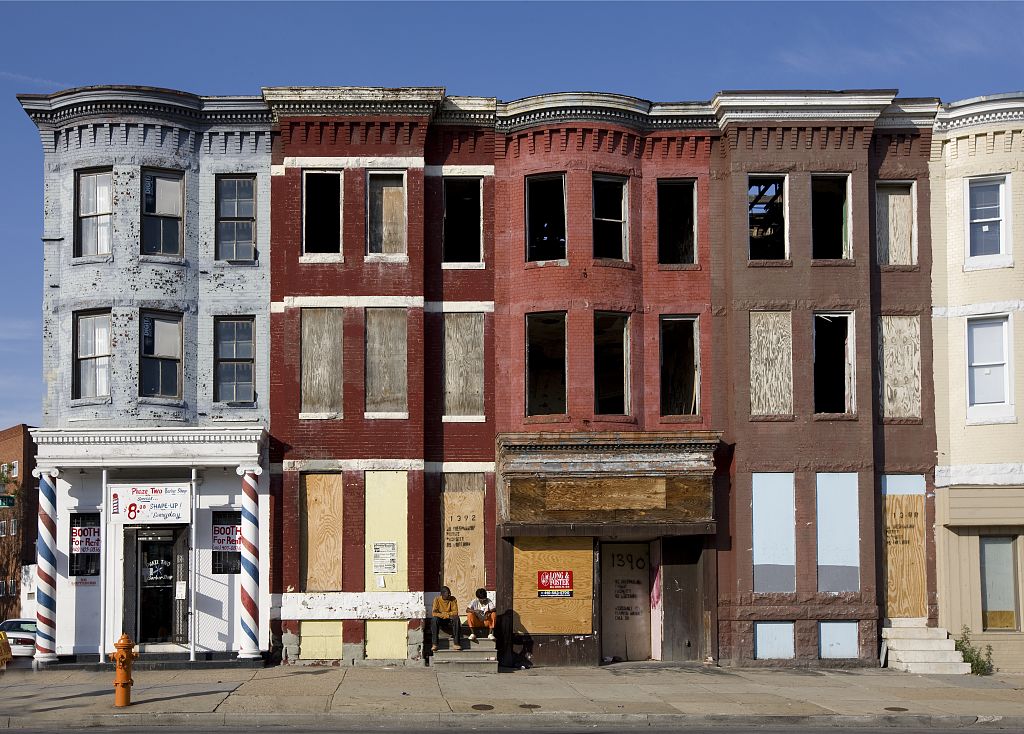
The Impact of Gentrification on Housing Affordability
Imagine a neighborhood where you’ve always found comfort in the familiar faces and quaint corner shops that dot the streets with vibrant life. Now, picture this same place transforming, where shiny new buildings replace aged brick store fronts and cafes charge more for coffee than a full meal used to cost. This is the face of gentrification, a shifting landscape that brings with it a swirl of benefits and challenges, the most contested of which is housing affordability. But what does this mean for those who call these neighborhoods home, both old residents and new?
At its heart, gentrification is about change, often marked by a surge of investment and development in areas initially considered undervalued. As a neighborhood becomes trendier, its appeal grows, inevitably attracting a wealthier set of newcomers. While the facelift can bring with it a wave of improved services, better infrastructure, and a decrease in crime rates, it often comes with a price tag that’s out of reach for current residents. This price is the diminished affordability of homes, an issue that’s stirring discussions across the urban landscape.
Understanding Gentrification
Gentrification starts with the tickle of investment, usually in the more urban and historically underserved neighborhoods. Abandoned factories turn into loft apartments, street art becomes a backdrop for new businesses, and public spaces get revitalized. This trendy draw lures a new, often more affluent crowd, usually composed of young professionals and middle-class families looking for a fresh taste of urban living.
The newcomers often seek the unique charm of the neighborhood but carry with them the resources to pay for a lifestyle upgrade. As demand for housing in these areas increases, property values and rents start to climb. A ripple effect ensues: landlords find an incentive to renovate and raise rents, or they may sell to developers keen to capitalize on the growing market.
The Squeeze on Affordability
For the original residents, the rising cost of living can be a major strain. Housing affordability is about more than just rent or mortgage payments; it’s the cornerstone of a family’s financial stability. When prices outpace income, long-term residents may find themselves unable to afford their homes anymore. The struggle intensifies as the cost of everyday goods and services also climbs, a side effect of an area’s burgeoning appeal.
This tension is not just about figures on a lease or a deed—it’s about the social fabric of a community. Neighborhoods are not just buildings and streets; they’re built on networks of relationships that provide support, history, and identity. As the cost of staying put becomes prohibitive, these social ties can unravel as residents relocate in search of more affordable living.
The Response to Rising Costs
Cities have sometimes scrambled to manage the side effects of gentrification. Solutions like affordable housing mandates, rent control policies, and housing vouchers aim to protect vulnerable residents from the tidal wave of change. However, these stopgaps often come with their own set of problems, including reduced incentives for landlords to maintain properties or for developers to invest in new housing.
Some initiatives attempt to strike a balance between development and affordability. Community land trusts and cooperative housing models are examples where local organizations retain control of the land to keep housing affordable. Meanwhile, developers might receive incentives to include a percentage of affordable units in new or refurbished buildings. These collaborations could be key in ensuring that gentrification doesn’t equate to an automatic exclusion of less affluent individuals.
A Look to the Future
As we look ahead, it’s clear that the conversation surrounding gentrification and housing affordability is complex and nuanced. Cities teem with life, shaped by the ongoing stories of the people who live there. Finding a middle way that encourages the revitalization of neighborhoods while guarding against the erosion of affordability and community character is a challenging task that requires innovation, empathy, and foresight.
It’s time to imagine a future where change doesn’t mean displacement, but rather the harmonious integration of new and old. Housing policies must be fluid and responsive, always ground in the reality that they affect the lives of countless individuals. Collaboration among policymakers, developers, community leaders, and residents is essential. By marrying the need for growth with respect for legacy, we can work towards creating neighborhoods that are unique, vibrant, and—crucially—accessible to all.
Gentrification, with all its complexities, is not a black-and-white issue. The potential for positive change exists hand in hand with the risks of marginalizing long-standing communities. As we continue to evolve our cities and communities, the goal should not be to halt gentrification but to guide it with intention and a commitment to inclusivity. In this way, neighborhoods can grow and thrive without leaving anyone behind, and the fabric of community can be woven stronger than ever.
Indeed, housing affordability in the context of gentrification is not a problem with a one-size-fits-all answer. It is a multifaceted issue that requires a tailored approach, considering the unique attributes of each neighborhood. The pursuit of this balance is a testament to our capacity for compassion and innovation. A place to call home should be within reach for everyone, and through thoughtful action and sustained effort, we can make that vision a reality.
The transforming face of urban neighborhoods touches on the roots of our shared humanity. In the growth and adaptations of our societies, let’s ensure everyone has a place in the future we’re building. After all, the true measure of our cities’ success lies in their ability to foster diverse, thriving communities where opportunity is not a luxury, but a common thread that binds us all together.